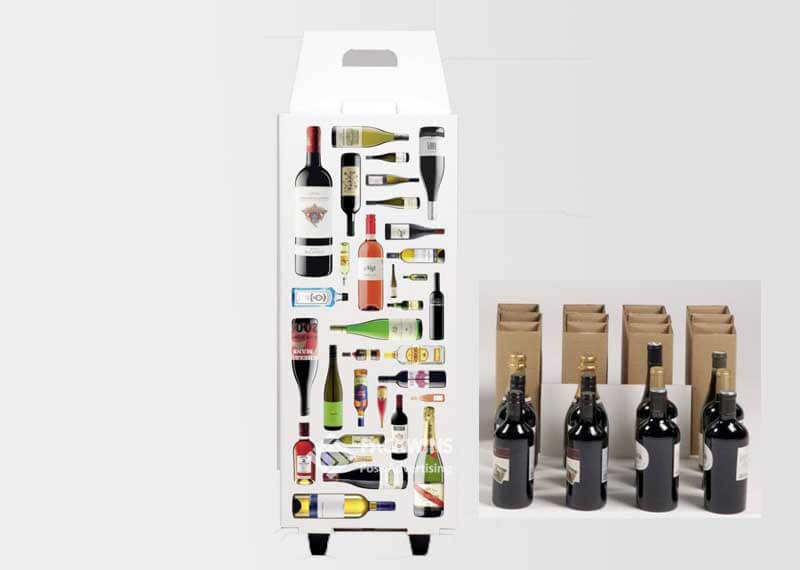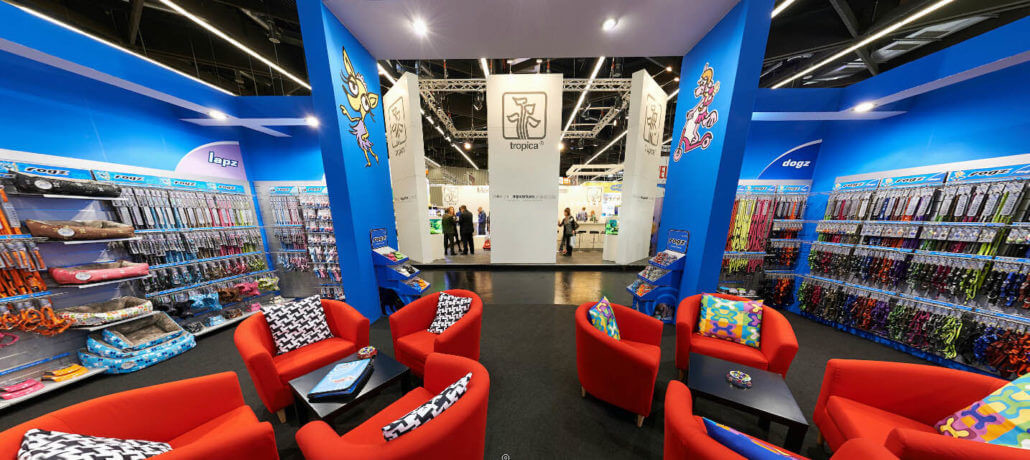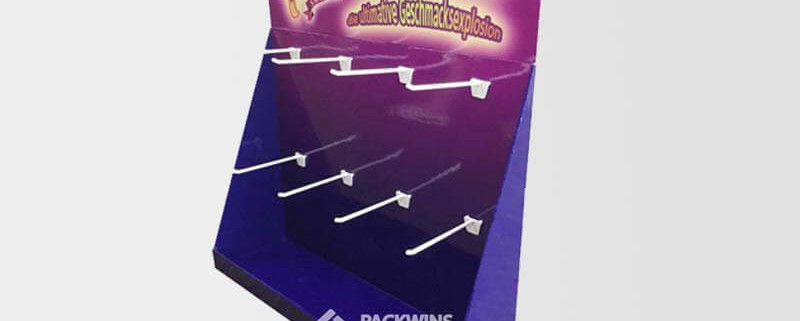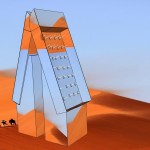10 Common Mistakes to Avoid in Retail Display Design
Retail display design plays a crucial role in attracting customers, driving sales, and reinforcing your brand’s identity. A well-thought-out display can turn a shopper into a buyer, while a poorly designed one can do the opposite. While it might seem straightforward, retail display design is an art, Mistakes to Avoid in Retail Display Design and many businesses unknowingly make mistakes that can hurt their marketing efforts.
In this post, we’ll walk you through the 10 most common mistakes to avoid when designing your retail displays, along with tips on how to correct them. Avoid these pitfalls, and you’ll be well on your way to creating a display that drives attention and maximizes sales.
1. Overcrowding the Display
One of the biggest mistakes in retail display design is overloading the display with too many products. While it may seem like having more items will attract attention, it often results in a cluttered and overwhelming look. Too many products can confuse customers and detract from the main selling points.
How to Fix It:
Keep your display simple and focused on your most important products. Use clean lines and leave space between items to let the products breathe. This creates a more organized and attractive display that customers can easily navigate.

2. Ignoring Brand Consistency
Your retail display should always align with your brand’s identity. From the colors and fonts to the messaging and imagery, your display should communicate your brand’s values and tone. Ignoring this can make your display look disconnected from your overall marketing strategy.
How to Fix It:
Ensure that your display reflects your brand’s colors, logo, and aesthetic. This consistency builds recognition and helps customers associate the display with your brand. Think of your display as an extension of your product packaging.
3. Poor Product Placement
Product placement is a crucial part of display design. If products are placed in a way that’s hard for customers to see, touch, or engage with, they’ll be less likely to make a purchase. It’s essential to place the most popular or highest-margin products at the most visible and accessible spots.
How to Fix It:
Place your best-sellers or promotional items at eye level for maximum visibility. Consider using tiered displays to create depth and make it easier for customers to view products from all angles. Products that are harder to reach should be placed lower or at the back.
4. Using Inconsistent Signage
Signage is often the first thing a customer will notice about your display. Using inconsistent, unclear, or overly cluttered signage can confuse customers and diminish the effectiveness of the display. Whether it’s price tags, promotional messages, or product descriptions, signage should always be easy to read and aligned with the display’s overall message.
How to Fix It:
Use clear, concise, and attractive signage. Choose bold, readable fonts, and ensure the text contrasts with the background so it’s easily visible from a distance. Keep the message simple—use it to guide customers’ attention to the most important products.
5. Neglecting Lighting
Proper lighting can make a world of difference in retail display design. Poor lighting can make even the most attractive products look dull, while the right lighting can create a focal point, enhance colors, and make your display stand out.
How to Fix It:
Invest in quality lighting that highlights the key products in your display. Use spotlights, backlighting, or ambient lighting to create a dynamic visual effect. Make sure the display is well-lit from all angles to avoid shadows and dark spots.

6. Not Considering the Customer’s Journey
When designing a retail display, it’s easy to focus solely on making it look good. However, it’s equally important to think about how customers will interact with it. A poorly designed display might be hard for customers to navigate, making it difficult to reach products or find relevant information.
How to Fix It:
Think about how customers will approach and interact with your display. Make sure products are easily accessible and that the flow of the display allows for easy browsing. Use clear pathways and avoid placing obstacles that could hinder the customer’s experience.
7. Not Incorporating Seasonal or Promotional Elements
Retail displays should be flexible enough to reflect the season, upcoming promotions, or special events. Failing to update your display regularly can make it look stale and out of sync with current trends or shopping occasions.
How to Fix It:
Keep your displays fresh by incorporating seasonal themes, limited-time offers, or special promotions. For example, use holiday-themed elements or color schemes during the holiday season, or update your display for sales events like Black Friday or summer promotions.
8. Using Low-Quality Materials
While you might be tempted to cut costs by using cheap materials, low-quality cardboard or display fixtures can make your display look unprofessional and fail to withstand the wear and tear of retail environments. Poor materials also detract from the overall aesthetic of the display, affecting brand perception.
How to Fix It:
Invest in high-quality materials that not only look professional but also last longer. At Packwins, we specialize in durable, eco-friendly corrugated cardboard displays that offer both strength and a polished look. High-quality displays will reflect positively on your brand and product.
9. Failing to Consider Store Layout
Retail displays must work in harmony with the store layout. If your display blocks aisles, limits foot traffic, or disrupts the store flow, it could negatively affect the shopping experience. A poorly positioned display can also go unnoticed if it’s not placed in a high-traffic area.
How to Fix It:
Consider the store layout and ensure your display complements the flow of the space. Place your display in high-traffic areas, like near entrances, aisles, or checkout counters. Avoid obstructing main pathways, and ensure the display doesn’t crowd other products or fixtures.
10. Not Measuring Effectiveness
Designing a great retail display is just the beginning. If you don’t measure its performance, you’ll never know if it’s achieving the results you want. Failing to assess the effectiveness of your display can lead to missed opportunities to improve its design or placement.
How to Fix It:
Track sales data, customer engagement, and overall foot traffic around your display. Use this information to adjust your display for better performance. Small tweaks, like repositioning a product or adjusting signage, can significantly improve your display’s effectiveness.
Conclusion
Retail display design is a powerful tool for increasing sales and enhancing customer experience. However, common mistakes—such as overcrowding, poor product placement, and low-quality materials—can significantly hinder the success of your display. By avoiding these pitfalls and following the tips in this post, you can create a display that not only captures attention but also drives sales and strengthens your brand.
At Packwins, we specialize in custom-designed, high-quality cardboard displays that are built to last and optimized for maximum visibility. Whether you’re launching a new product or planning a seasonal promotion, we can help you create the perfect display to engage customers and boost sales.
Let us help you design your next retail display—one that stands out, performs well, and leaves a lasting impression!4o miniChatGPT can make




Leave a Reply
Want to join the discussion?Feel free to contribute!